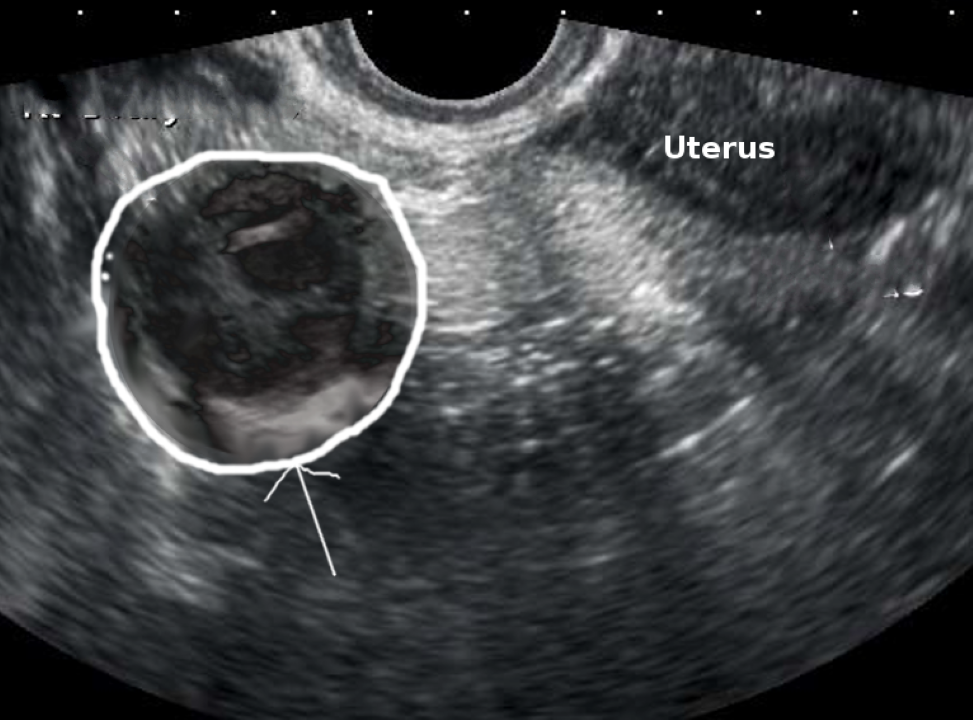
Tubo-Ovarian Abscess: A Serious Female Reproductive Infection
Light House Denver – Tubo-ovarian abscess (TOA) is a serious condition caused by an infection that forms a pus-filled mass in the fallopian tubes and ovaries. This condition is often a complication of pelvic inflammatory disease (PID). If left untreated, it can seriously threaten reproductive health and may even become life-threatening.
Tubo-ovarian abscess is typically caused by a bacterial infection that ascends from the vagina or cervix into the upper reproductive organs. The most common bacteria involved include Chlamydia trachomatis, Neisseria gonorrhoeae, and various anaerobic bacteria.
“Read More: Trump Threatens 100% Tariff on Imported Films”
Several risk factors may increase the likelihood of developing a TOA, such as:
Symptoms of a tubo-ovarian abscess can vary depending on the severity of the infection. Common signs include:
These symptoms often develop gradually, but in some cases, they may appear suddenly and worsen rapidly.
TOA is typically diagnosed through a physical examination and blood tests. Imaging studies like pelvic ultrasound or a CT scan are also used to confirm the diagnosis. The primary treatment is broad-spectrum antibiotics to fight the infection.
If the abscess is too large or doesn’t respond to medication, treatment with antibiotics may not be enough. In such cases, surgical drainage or removal may be necessary. Early treatment is crucial to prevent complications such as infertility, sepsis, or the spread of infection to other organs.
Preventing tubo-ovarian abscess involves maintaining good reproductive health through:
“Continue Reading: Children Should Be Praised, Not Scolded”